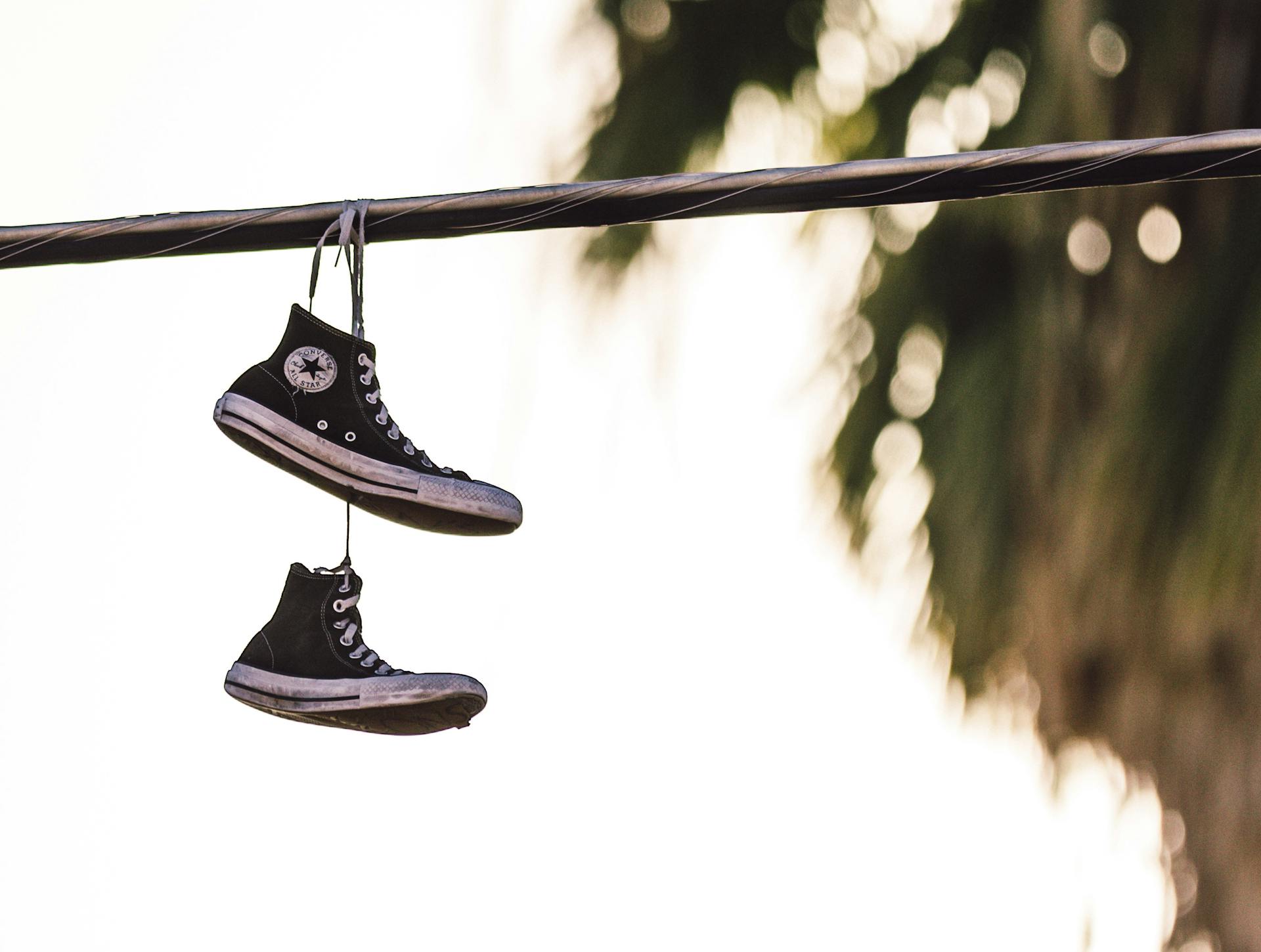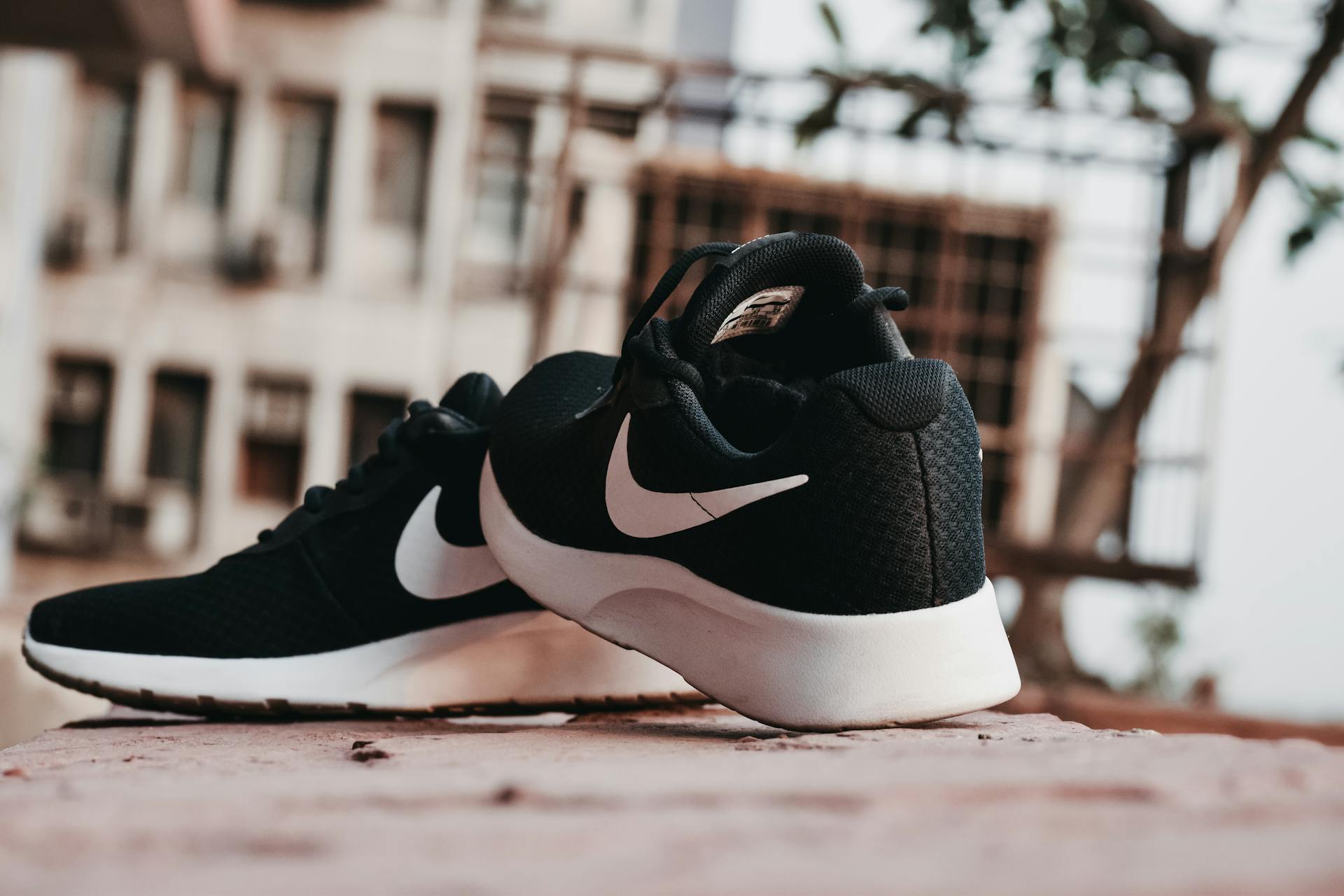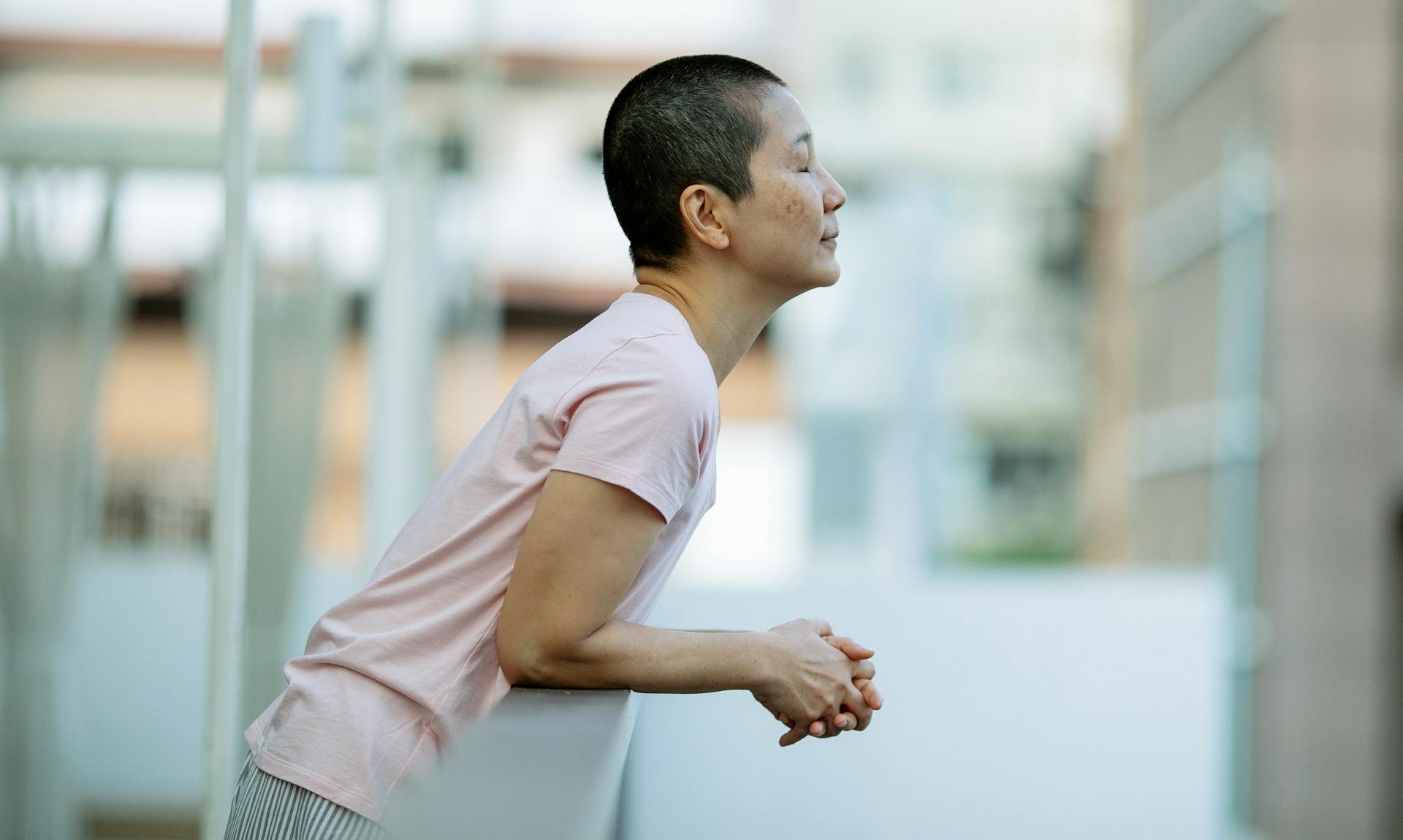
Have you ever experienced a weird ache during an easy 4-mile run, or perhaps some heel pain that just won't go away? If so, it might be time to take a careful track of your shoe's age. I had felt hamstring issues for quite some time and couldn't figure out why until I realized that my trusty Brooks Adrenaline running shoes were well past their expiration date.
As it turns out, running shoes too old can cause a wide range of problems. Shoe companies put ethyl vinyl acetate (EVA), polyurethane, and similar foamy materials in their shoes to absorb impact. This explains why forces contribute to an injury called "overuse injuries" such as tendinopathy, according to Schoene. A small study published in the British Journal of Sports Medicine found that among 844 Canadian recreational runners, men who wore older sneaks developed fewer overuse injuries than those who wore newer kicks. However, the study didn't draw firm conclusions about injury risk and shoe age.
The Lifespan of Running Shoes: What You Need to Know

The lifespan of running shoes is a topic that concerns every runner. According to Greg Weich, a shoe-fit expert based in Boulder, Colorado, the life expectancy of running shoes is generally 300-500 miles or about three to six months of running. For some runners who typically run more than 30-40 miles per week, their shoes may need replacement sooner.
Several factors affect the degradation of running shoes. These factors include non-run activities like store walking and motion running. As Weich likens it, every time your foot hits the ground while wearing a running shoe you're compressing it, and it's gonna bounce back less and less over time. Running shoe construction is also constantly evolving with the use of lightweight foams, chunkier midsoles, carbon-fiber plates, and other technologies that can affect a shoe's durability. Some runners have observed good results from beefier midsoles and sturdier shoes with thick soles while others prefer lightweight shoes with lower stack height.
The typical 300-500 mile range for running shoe life can vary depending on the runner's average weekly mileage plays a huge role in determining when they need new shoes. Sika Henry, a Virginia-based triathlete, suggests that a marathoner-in-training who runs 35 miles per week should replace their shoes after about ten weeks or when they've accumulated around 350 miles. However, Weich advises customers to stay aware of how many miles they've put on their current pair by keeping a calendar or training log and retiring them once they reach around 400 miles or after about 35 weeks of use. Ultimately, replacing your shoes sooner rather than later can help prevent injuries and ensure maximum performance during runs.
Expert Tips for Extending the Lifespan of Your Shoes

If you're a runner, you know how important it is to have a good pair of shoes that can help maximize your athletic performance while also preventing injuries. But runners don't always know the best ways to extend the life of their favorite kicks and get their money's worth out of them. Whether you're trying to hold onto your shoes for a bit longer or just want to keep fond memories tied to your old sneakers, there are some simple ways to make sure they last as long as possible.
Why You Need a Separate Pair for Every Activity
The importance of having a good pair of shoes cannot be overstated. When it comes to exercise, having separate pairs for each activity is crucial. Henry, for example, takes kickboxing classes and performs lateral-movement activities in addition to running, so he needs a cross-training shoe for those activities. Consistently rotating his footwear ensures that the shoes are appropriate for each activity and will last longer.
Using the same pair of shoes for every activity can lead to unnecessary wear and tear. Different types of exercise require different types of support and cushioning. A shoe designed specifically for running may not be suitable for strength workouts or kickboxing classes where more lateral movement is involved. By having separate pairs, Henry can ensure that his footwear is fresher and lasts longer.
Another important reason to have separate pairs of shoes is to prevent running-related injuries. Wearing worn-out shoes or shoes with improper support can lead to issues such as plantar fasciitis or shin splints. Additionally, rotating between different pairs allows time for each pair to rest and recover from the terrain distance or impact stress from previous workouts. A steady rotation helps promote longevity in Henry's footwear collection while also keeping him injury-free during his workouts.
Is it Time to Ditch Your Old Shoes? Here's How to Know
Your running shoes are your best friend when you're pounding the pavement. But, like all good things, they too must come to an end. Keeping track of your current pairs mileage is essential to know when it's time for a new pair. Henry recommends inspecting the bottom check of your shoes and looking for tell-tale signs like holes forming or once-grippy tread that has worn down.
The outsole begins at the outer edge of the sole and can easily show if your shoe is a worn-out running shoe. This area takes most of the impact during runs and, as such, can wear down quickly with regular use. Additionally, checking the mesh upper for holes forming, which can let debris or water inside, is also a red flag.
If you're starting to feel aches in places you've never felt before after a run, it might be time to invest in new shoes. Pay attention to how your body feels after runs; this will be a crucial indicator of whether or not it's time for new kicks. When in doubt, shoe Henry suggests investing in new ones rather than risking injury from an old and worn-out running shoe.
Care for Your Beloved Ones with Great Attention
Running shoes don't last forever, and it's important to give them extra thought when they start to show weich points. Shoes that sit for long periods of time or are exposed to extreme temperatures can lead to an early demise. People leave their shoes in hot car trunks on a 100-degree day, which can cause the foam cushioning to break down faster than normal.
Properly caring for your running shoes is a huge factor in making them last longer. While most running shoes have a lifespan of around 250 miles, properly caring for them will help you get more use out of them. Make sure to store your shoes in a cool, dry place and avoid leaving them in direct sunlight or extreme temperatures. By following these simple steps, you can extend the life of your beloved running shoes and keep your feet happy during every run.
Frequently Asked Questions
Are old running shoes as good as new?
No, old running shoes are not as good as new. Over time, the cushioning and support in the shoes break down, which can lead to discomfort and injury. It's recommended to replace running shoes every 300-500 miles or every 6-8 months for regular runners.
What is the lifespan of a running shoe?
The lifespan of a running shoe varies depending on how often it is used and the type of surface it is used on. Generally, they should be replaced every 300-500 miles to maintain optimal performance and prevent injury.
Is it time to change my running shoes?
If you're experiencing pain, discomfort, or your shoes show signs of wear and tear, it may be time to change your running shoes. It's recommended to replace them every 300-500 miles or after 6-8 months of regular use.
How to make your running shoes last longer?
To make your running shoes last longer, rotate them frequently, clean them regularly, and avoid wearing them for non-running activities.
When to replace your running shoes?
Replace your running shoes every 300-500 miles or if you notice signs of wear and tear such as worn out soles, flattened cushioning or discomfort during runs. Worn out shoes can lead to injuries and hinder performance.
Featured Images: pexels.com


